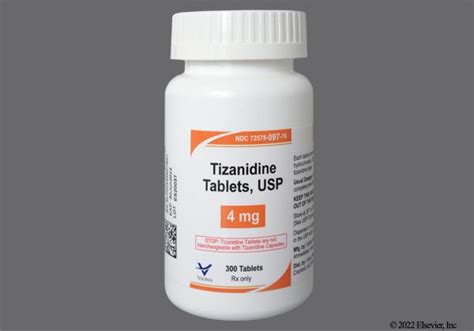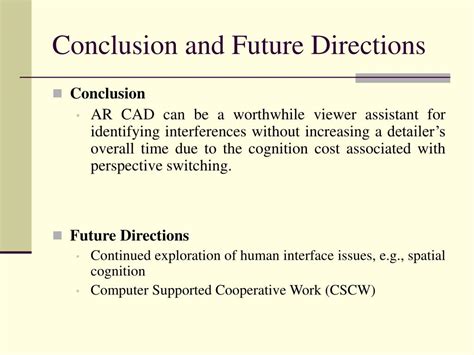Intro
Discover 7 Tizanidine side effects, including muscle weakness, drowsiness, and liver damage. Learn about muscle relaxant interactions, dosage, and withdrawal symptoms to manage risks and benefits of this medication.
The importance of understanding the potential side effects of medications cannot be overstated, especially when it comes to drugs like Tizanidine, which is commonly used to treat muscle spasms. Tizanidine, a central alpha-2 receptor agonist, works by blocking nerve impulses that cause muscle spasms, making it a crucial medication for individuals suffering from conditions such as multiple sclerosis or spinal cord injuries. However, like all medications, Tizanidine comes with its own set of side effects, some of which can be severe. It is essential for patients to be aware of these potential side effects to ensure safe and effective treatment.
Tizanidine's side effects can range from mild to severe, affecting various aspects of a patient's health. While some side effects may be temporary and manageable, others can be more persistent and require medical attention. Understanding these side effects is not only crucial for patients but also for healthcare providers who need to monitor their patients' conditions closely. By being informed, patients can take proactive steps to mitigate some of these effects and work with their healthcare providers to adjust their treatment plans as necessary.
The management of muscle spasms with Tizanidine must be approached with a comprehensive understanding of its pharmacological profile, including its benefits and risks. This knowledge empowers patients to make informed decisions about their healthcare and to navigate the complexities of managing a condition that requires ongoing medical intervention. As we delve into the specifics of Tizanidine's side effects, it becomes clear that while the medication offers significant benefits for many patients, its use must be carefully considered and monitored to minimize adverse outcomes.
Tizanidine Side Effects Overview

Tizanidine's side effects can be categorized into common, less common, and rare effects. Common side effects include drowsiness, dizziness, weakness, nausea, and vomiting. These effects are experienced by a significant portion of patients taking the medication and are often managed through dose adjustments or by switching to a different medication. Less common side effects may include dry mouth, constipation, and increased heart rate, which can be more bothersome for some patients but are generally manageable with appropriate care. Rare but more severe side effects can include hallucinations, allergic reactions, and liver damage, which require immediate medical attention.
Common Side Effects of Tizanidine
The most frequently reported side effects of Tizanidine are related to its sedative properties and its impact on the autonomic nervous system. These include: - Drowsiness: One of the most common side effects, drowsiness can significantly impact a patient's daily activities and quality of life. - Dizziness: Patients may experience lightheadedness, especially when standing up from a sitting or lying position. - Weakness: Muscle weakness can occur, which may seem counterintuitive given the drug's purpose but is a known side effect. - Nausea and Vomiting: Gastrointestinal side effects can lead to discomfort and may affect the patient's ability to maintain adequate nutrition.Less Common Side Effects of Tizanidine

Less common side effects can include:
- Dry Mouth: Reduced saliva production can lead to oral health issues if not properly managed.
- Constipation: Changes in bowel movements can be uncomfortable and may require dietary adjustments or additional medications.
- Increased Heart Rate: Tachycardia, or an elevated heart rate, can be a concern for patients with pre-existing heart conditions.
Rare but Serious Side Effects
While less frequent, certain side effects of Tizanidine can be severe and require immediate medical intervention. These include: - Hallucinations: Altered mental status, including hallucinations, can be a sign of an adverse reaction to the medication. - Allergic Reactions: Symptoms such as rash, itching, swelling, severe dizziness, and trouble breathing indicate an allergic reaction and are medical emergencies. - Liver Damage: Elevated liver enzymes or signs of liver dysfunction necessitate prompt evaluation and possible discontinuation of the medication.Managing Tizanidine Side Effects

Effective management of Tizanidine's side effects involves a combination of patient education, careful dose titration, and monitoring by healthcare providers. Patients should be advised to:
- Start with a low dose and gradually increase as needed and under medical supervision.
- Avoid operating heavy machinery or driving until the effects of the medication are well understood.
- Stay hydrated to minimize the risk of dry mouth and other side effects.
- Report any changes in their condition or the onset of new symptoms to their healthcare provider promptly.
Special Considerations
For certain populations, such as the elderly or those with liver or kidney disease, special considerations must be taken into account when prescribing Tizanidine. Dose adjustments may be necessary, and closer monitoring for side effects is recommended. Additionally, interactions with other medications, including CNS depressants and certain antibiotics, can increase the risk of adverse effects and should be carefully managed.Tizanidine Interactions and Contraindications

Understanding the potential interactions between Tizanidine and other medications, as well as any contraindications, is crucial for safe prescribing practices. Concomitant use with fluvoxamine or ciprofloxacin is contraindicated due to the risk of increased Tizanidine levels, leading to severe side effects. Caution is also advised when combining Tizanidine with alcohol or other CNS depressants, as this can enhance the sedative effects of the medication.
Patient Education and Empowerment
Empowering patients with knowledge about their medication, including its potential side effects and how to manage them, is a critical component of healthcare. By understanding what to expect and how to mitigate adverse effects, patients can take an active role in their care, improving outcomes and enhancing their quality of life. Open communication with healthcare providers is encouraged, ensuring that any concerns or questions are addressed promptly.Conclusion and Future Directions

As research continues to evolve, our understanding of Tizanidine's side effects and how to best manage them will also advance. Future studies may uncover new strategies for minimizing adverse effects while maintaining the therapeutic benefits of the medication. In the meantime, healthcare providers and patients must work together, leveraging the current knowledge base to optimize treatment outcomes for those requiring Tizanidine for muscle spasm management.
Final Thoughts
The journey to effective muscle spasm management with Tizanidine involves a deep understanding of its potential side effects and a proactive approach to mitigating them. By fostering a collaborative relationship between patients and healthcare providers, we can navigate the complexities of Tizanidine therapy, ensuring that its benefits are maximized while its risks are minimized. As we look to the future, ongoing education, research, and open dialogue will be key in enhancing our ability to provide safe and effective care for those in need.What is the most common side effect of Tizanidine?
+The most common side effects of Tizanidine include drowsiness, dizziness, weakness, nausea, and vomiting.
Can Tizanidine be taken with other medications?
+It is crucial to consult with a healthcare provider before taking Tizanidine with other medications, as certain interactions can increase the risk of side effects.
How can I manage the side effects of Tizanidine?
+Managing Tizanidine side effects involves starting with a low dose, staying hydrated, reporting any changes to your healthcare provider, and avoiding operating heavy machinery or driving until the effects of the medication are well understood.
We invite you to share your experiences or ask questions about Tizanidine and its side effects in the comments below. Your insights can help others navigate their treatment journeys and foster a community of support and understanding. Additionally, consider sharing this article with anyone who might benefit from this information, as education and awareness are key to safe and effective medication management.
